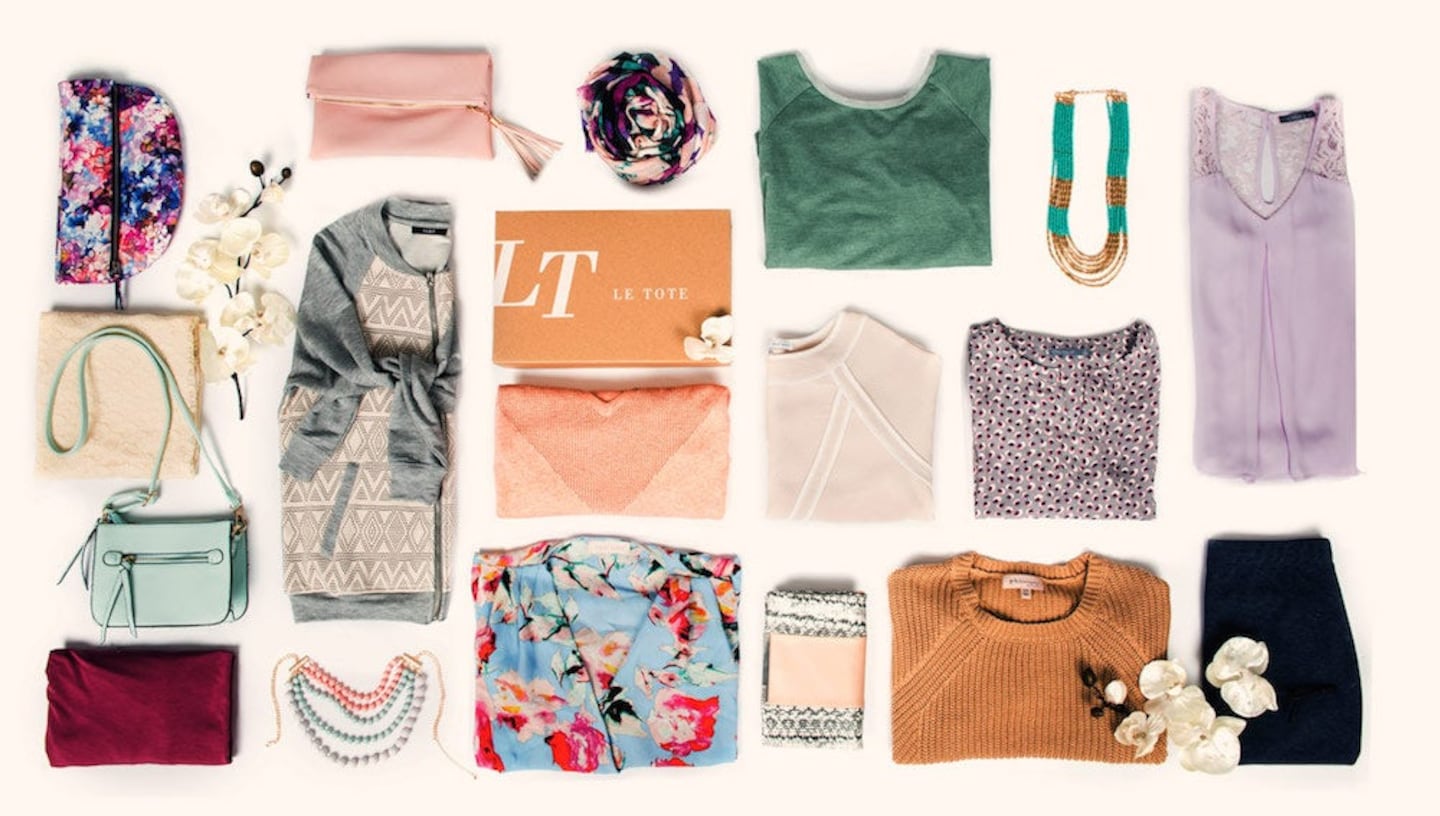
The Business of Fashion
Agenda-setting intelligence, analysis and advice for the global fashion community.

Agenda-setting intelligence, analysis and advice for the global fashion community.

"The Subscription Box That Knows More About You Than You Do" (Racked)
"The San Francisco-based Le Tote is betting big on data."
"Entrepreneurs: Goodbye Fitting-Room Blues as Metail Adds New Dimension to Buying Fashion Online" (Evening Standard)
"Metail enables shoppers to create bespoke 3D models of themselves so they can try on virtually the clothes they've spotted online."
"Bots That Can Talk Will Help Us Get More Value from Analytics" (Harvard Business Review)
"Trying to force people to become data literate is an uphill battle. But this is actually becoming less necessary thanks to the rise of artificial intelligence (AI)."
"Live-Streaming Goes Mainstream in China as Two-Thirds of Beauty Brands Sign On" (Jing Daily)
"As China's online live-streaming platforms have seen record levels of engagement in the past year, beauty brands have been quick to adopt them in order to reach Chinese consumers—especially millennials."
"Fashion Designers Can't Get Enough of Emojis" (W Magazine)
"Everyone from Karl Lagerfeld to Comme des Garçons' Rei Kawakubo have created their own designer emojis, because even your messy group chat could use a touch of glamour."
The algorithms TikTok relies on for its operations are deemed core to ByteDance overall operations, which would make a sale of the app with algorithms highly unlikely.
The app, owned by TikTok parent company ByteDance, has been promising to help emerging US labels get started selling in China at the same time that TikTok stares down a ban by the US for its ties to China.
Zero10 offers digital solutions through AR mirrors, leveraged in-store and in window displays, to brands like Tommy Hilfiger and Coach. Co-founder and CEO George Yashin discusses the latest advancements in AR and how fashion companies can leverage the technology to boost consumer experiences via retail touchpoints and brand experiences.
Four years ago, when the Trump administration threatened to ban TikTok in the US, its Chinese parent company ByteDance Ltd. worked out a preliminary deal to sell the short video app’s business. Not this time.